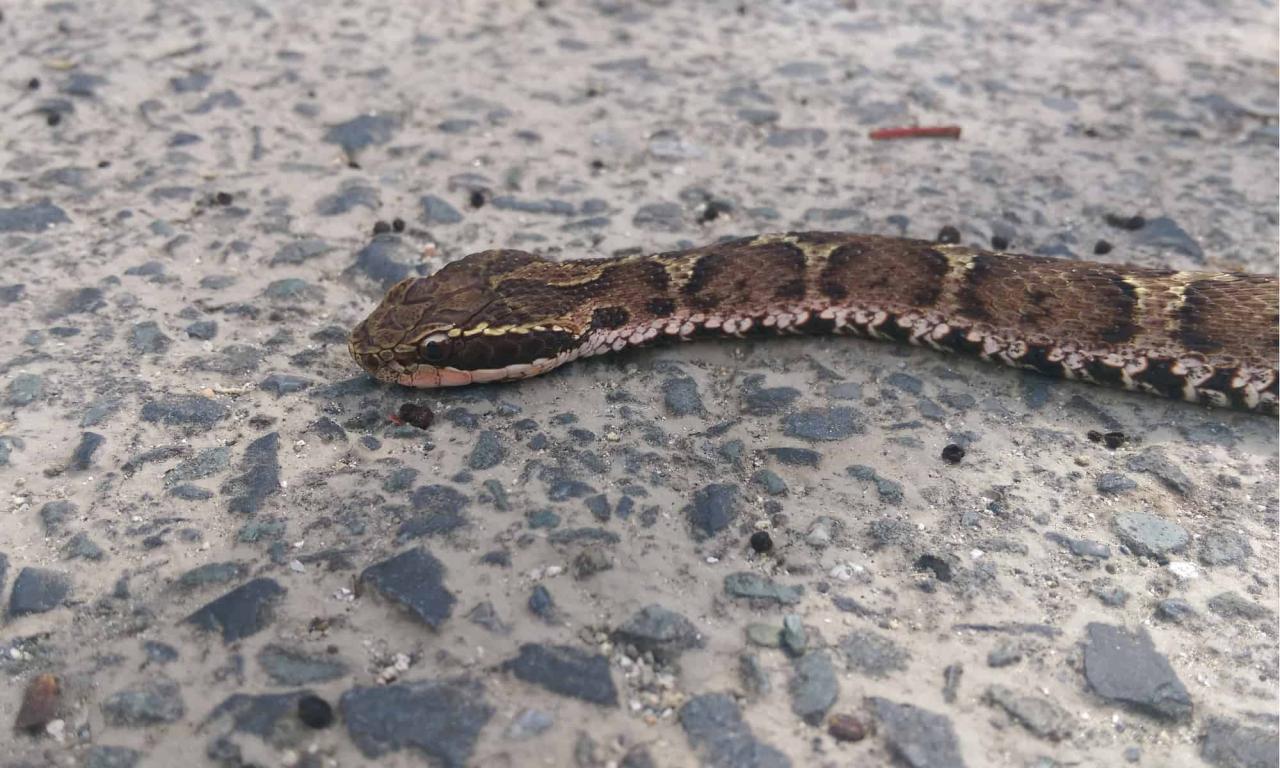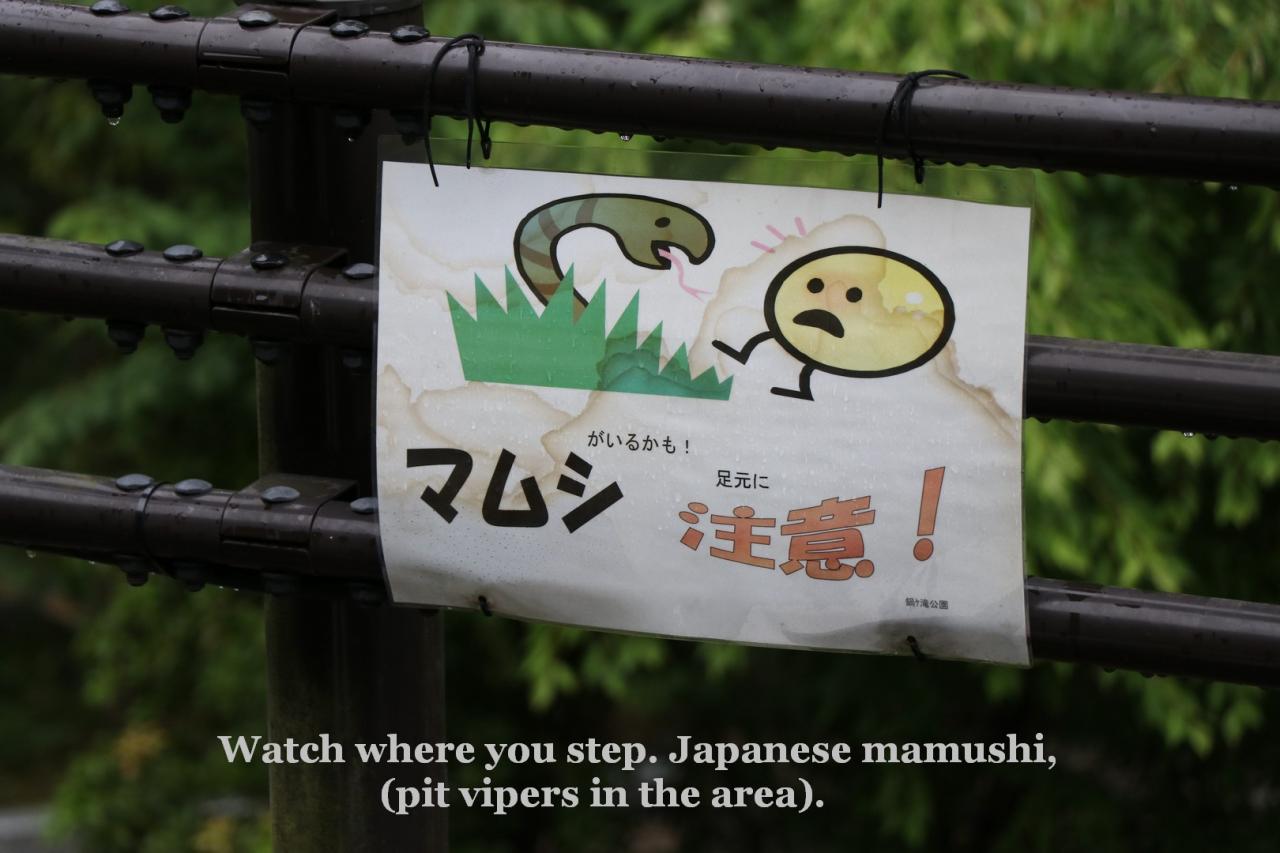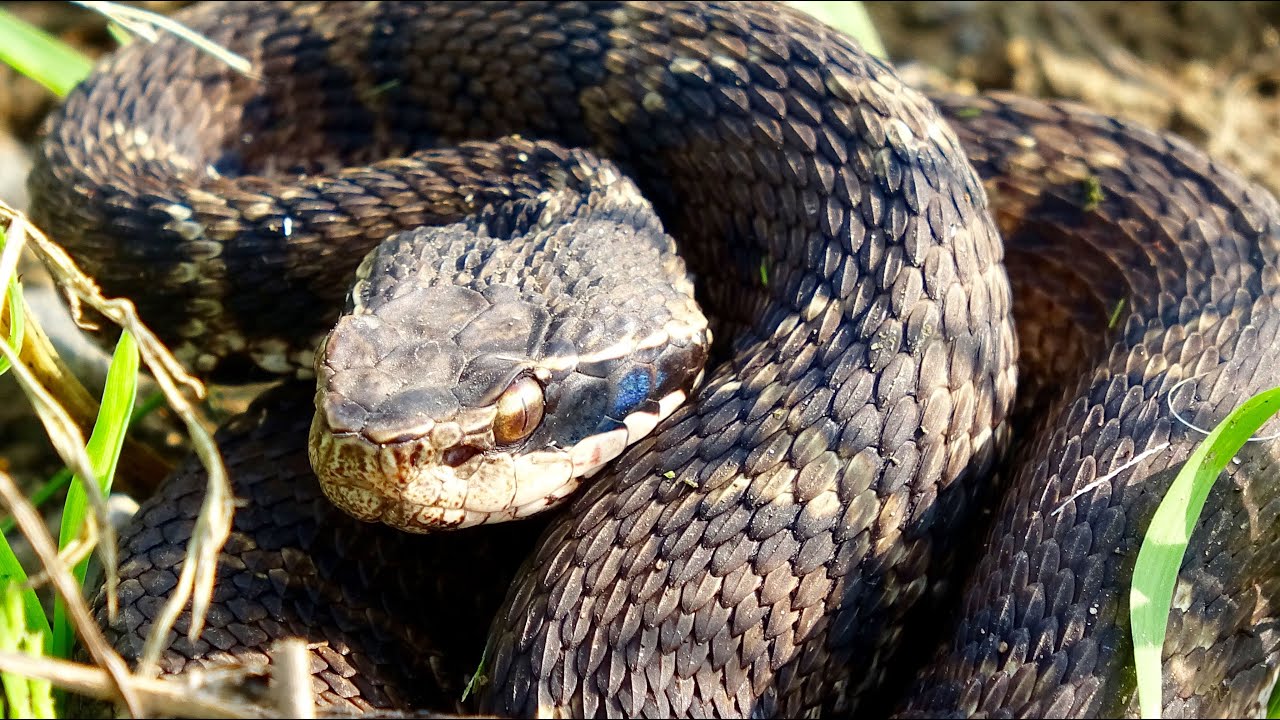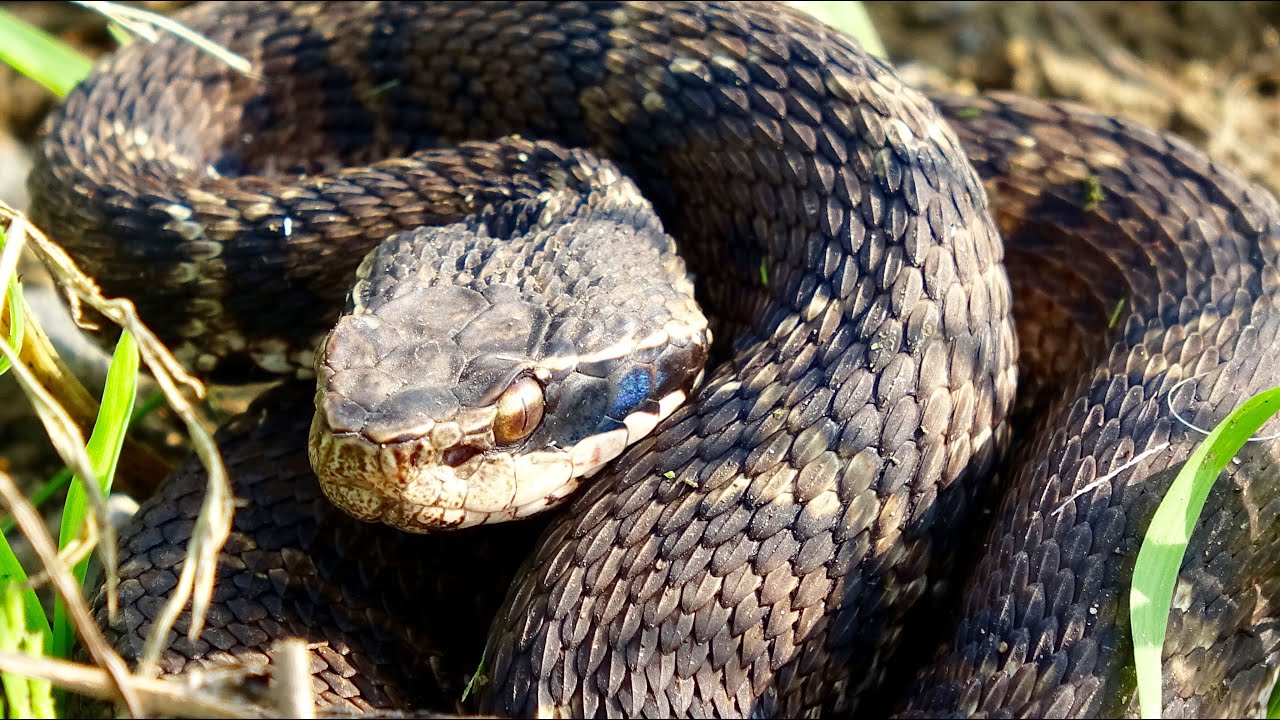Mamushi meaning – Unveiling the enigmatic “mamushi,” we embark on a journey through its etymology, characteristics, and profound cultural significance in Japanese society. From its origins in ancient folklore to its potent venom and medicinal uses, the mamushi holds a captivating place in the tapestry of Japanese history and tradition.
Physically, the mamushi is a formidable serpent, adorned with striking patterns and a potent venom that demands respect. Its habitats and behaviors provide insights into the intricate balance of nature, while its historical and cultural significance reveal the deep interconnectedness between humans and the natural world.
Etymology of Mamushi

The term “mamushi” has a rich etymological history, deeply rooted in the cultural and linguistic heritage of Japan. Its origins can be traced back to the ancient Proto-Japonic language, spoken by the ancestors of the modern Japanese people. In this early form, the word “mamu” meant “serpent” or “snake”, while “shi” denoted “to bite”.
Thus, the term “mamushi” literally translates to “biting snake”, a fitting name for this venomous reptile.
Linguistic Influences, Mamushi meaning
Over time, the word “mamushi” underwent various linguistic influences, particularly from the Chinese language. During the Heian period (794-1185), Chinese characters were introduced into the Japanese writing system, and the kanji “蝮” was adopted to represent the word “mamushi”. This kanji, which also means “viper” or “venomous snake”, further reinforced the association of “mamushi” with its venomous nature.
Regional Variations
As the Japanese language spread throughout the archipelago, regional variations of the word “mamushi” emerged. In some dialects, the term “mamu” was shortened to “mamu”, while in others, the “shi” was replaced with “chi” or “tsu”. These variations, though minor, reflect the diversity and dynamism of the Japanese language.
Characteristics of Mamushi

Mamushi snakes, scientifically classified as Gloydius blomhoffii, are venomous pit vipers native to Japan. These snakes possess distinctive physical attributes and exhibit specific behaviors and habitat preferences.Mamushi snakes are relatively small, typically ranging in length from 50 to 80 centimeters.
Their bodies are thick and robust, with a triangular-shaped head and prominent fangs. The coloration of mamushi snakes varies depending on their habitat, but they commonly exhibit a brown or gray dorsal surface with dark brown or black markings. These markings often form a zigzag pattern or blotches along the snake’s back.Mamushi snakes are venomous, and their venom is primarily hemotoxic, meaning it affects the blood and tissues.
The venom contains enzymes that break down blood cells and cause tissue damage, resulting in pain, swelling, and necrosis. While mamushi venom is not typically fatal to humans, it can cause severe discomfort and requires prompt medical attention.Mamushi snakes are found in a variety of habitats, including forests, grasslands, and rocky areas.
They are primarily nocturnal and spend the day hidden under rocks, logs, or in burrows. Mamushi snakes are ambush predators, lying in wait for their prey to approach before striking with their venomous fangs. Their diet consists mainly of small mammals, such as rodents and birds.
Cultural Significance of Mamushi
Mamushi has held significant cultural and historical importance in Japanese culture for centuries. Its venomous nature and medicinal properties have shaped its role in traditional medicine, folklore, and mythology.
Use in Traditional Medicine
Mamushi venom has been traditionally used in Japanese medicine for its purported healing properties. It is believed to have analgesic, anti-inflammatory, and blood-thinning effects. Mamushi venom is often incorporated into topical ointments, plasters, and oral medications used to treat various ailments, including pain, swelling, and circulatory disorders.
Folklore and Mythology
Mamushi has also played a prominent role in Japanese folklore and mythology. It is often depicted as a creature of both fear and respect. In some legends, mamushi is believed to possess supernatural powers, such as the ability to control the weather or transform into human form.
In Japanese mythology, mamushi is associated with the god Susanoo-no-Mikoto, who is said to have slain a giant mamushi with his sword. This legend is often interpreted as a symbol of the triumph of good over evil.
Final Wrap-Up: Mamushi Meaning

In conclusion, the mamushi is not merely a venomous snake but an embodiment of cultural heritage, medicinal wisdom, and the enduring bond between humans and the natural world. Its presence in Japanese folklore, art, and medicine underscores its profound impact on the nation’s identity and cultural psyche.
FAQ Insights
What is the etymology of the term “mamushi”?
The term “mamushi” is derived from the Japanese word “mamu,” meaning “true” or “genuine,” and “mushi,” meaning “insect” or “bug.” It signifies the snake’s perceived status as the “true” or “genuine” venomous snake in Japan.
How venomous is the mamushi?
The mamushi possesses a potent venom that can cause severe pain, swelling, and tissue damage. In severe cases, untreated bites can lead to necrosis, amputation, and even death.
What is the cultural significance of the mamushi in Japan?
The mamushi holds a complex cultural significance in Japan. It is revered in folklore and mythology, feared for its venom, and utilized in traditional medicine for its purported medicinal properties.

